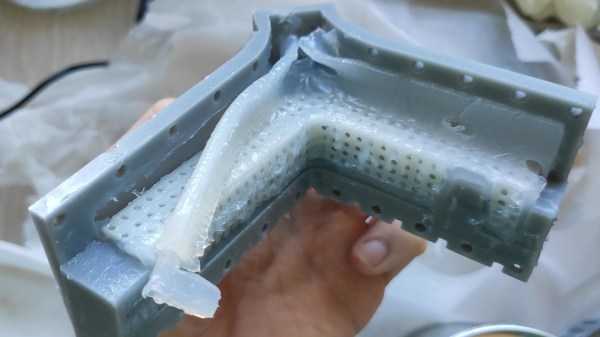It’s a sad fact of owning older machinery, that no matter how much care is lavished upon your pride and joy, the inexorable march of time takes its toll upon some of the parts. [Jason Scatena] knows this only too well, he’s got a 1976 Honda CJ360 twin, and the rubber bushes that secure its side panels are perished. New ones are hard to come by at a sensible price, so he set about casting his own in silicone.
Naturally this story is of particular interest to owners of old motorcycles, but the techniques should be worth a read to anyone, as we see how he refined his 3D printed mold design and then how he used mica powder to give the clear silicone its black colour. The final buses certainly look the part especially when fitted to the bike frame, and we hope they’ll keep those Honda side panels in place for decades to come. Where this is being written there’s a CB400F in storage, for which we’ll have to remember this project when it’s time to reactivate it.
If fettling old bikes is your thing then we hope you’re in good company here, however we’re unsure that many of you will have restored the parts bin for an entire marque.

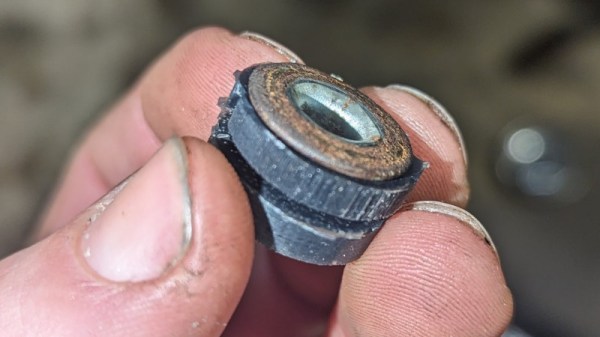
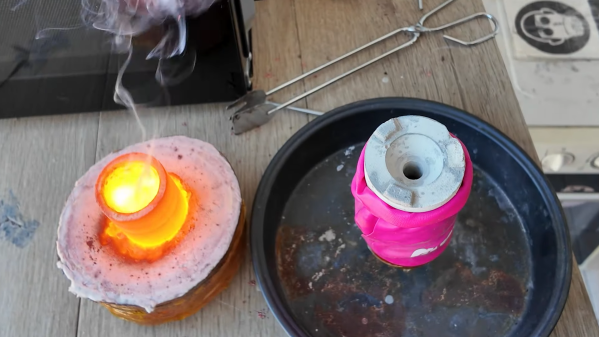
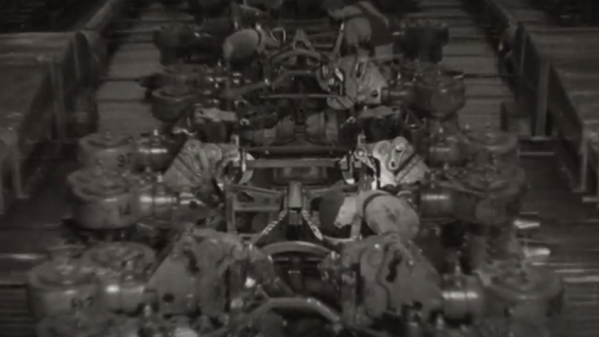
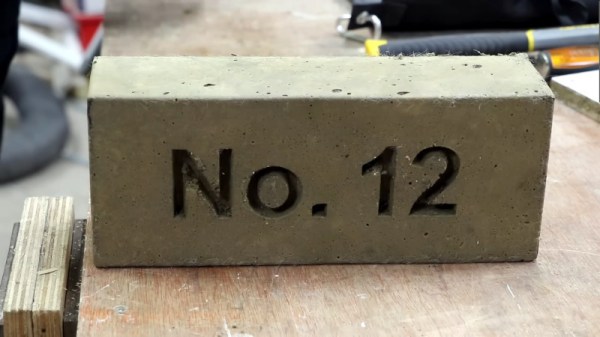



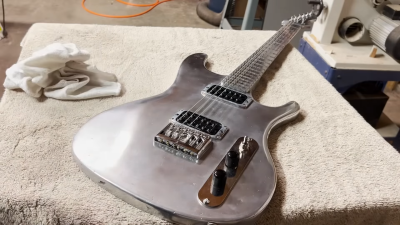 Both the body and neck of the electric guitar are made out of aluminium. It’s an impressive effort, as manufacturing a usable neck requires care to end up with something actually playable when you’re done with it.
Both the body and neck of the electric guitar are made out of aluminium. It’s an impressive effort, as manufacturing a usable neck requires care to end up with something actually playable when you’re done with it.